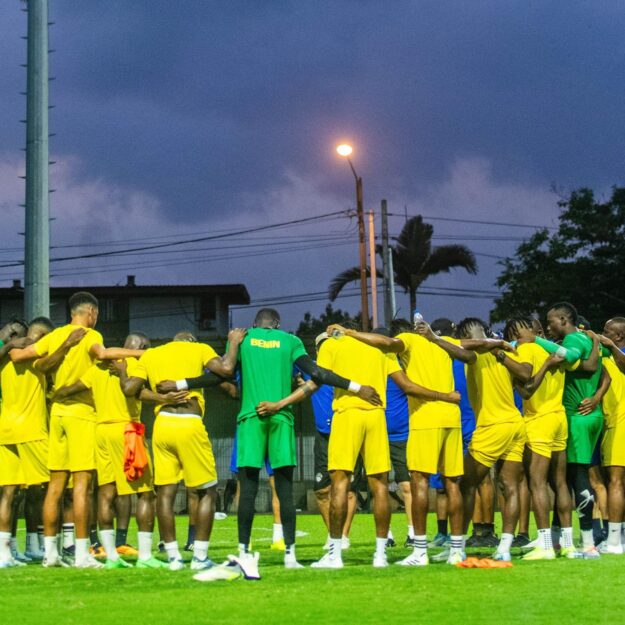
The Nigerian Centre for Disease Control (NCDC) on Monday listed several measures it has in place for the prevention and control of the Lassa fever outbreak.
Among them, NCDC identified ‘contact tracing’ as crucial in curtailing the spread of the deadly disease.
An outbreak of Lassa fever was declared in Nigeria on January 21, 2019.
Since then, 420 confirmed cases and 93 deaths have been reported in 21 states according to the NCDC.
By these figures, deaths recorded in the first quarter of the year alone is more than half of that in 2018.
An annual report by NCDC last December showed that there were 149 deaths with 3,276 suspected cases in 23 states in 2018.
Contact Tracing
But in a press briefing Monday in Abuja, NCDC, the agency charged with the responsibility of emergency response to the outbreak of highly infectious diseases, said there was a decline over the last five weeks in the number of new cases.
It also said there was reduction in number confirmed cases compared to 2018. Of the 3,276 suspected cases reported last year, 588 were confirmed positive.
In an interview with PREMIUM TIMES shortly after Monday’s briefing, Chioma Dan-Nwafor, NCDC’s incident manager for Lassa fever explained how ‘contact tracing’ helped in reducing confirmed cases so far this year.
“Main goal of contact tracing is to prevent human to human transmission. It also helps identify these cases early so that you can initiate management on time and with this, we now have better progress,” she said.
According to NCDC, 4499 contacts have been identified from 18 states in the wake of the Lassa fever outbreak.
Of these, 1987 are currently being followed up, 2461 have completed 21 days follow up, while four “were lost to follow up”.
He said 77 symptomatic contacts have been identified, of which 47 have tested positive.
Mrs Dan-Nwafor said some of the human transmission, if detected and isolated on time, do not pose a threat to the immediate community “and also when presented to a health facility, the health worker present at that point knows what to deal with.”
Speaking earlier, Director-General, NCDC, Chikwe Ihekweazu, said even when a contact dies, “you still have to trace to the end. You still have to identify the contacts and understand how much contacts happened before the patient passed away.
“We are also doing grief management and psychosocial support. Over 4000 contacts have been followed up.”
Challenges
Contact tracing (also known as partner notification) is a primary means of controlling infectious diseases such as tuberculosis (TB), human immunodeficiency virus (HIV), and sexually transmitted diseases (STDs).
However, little work has been done to determine the level of investment in contact tracing.
Contact tracing comes with its peculiar challenges, Mrs Dan-Nwafor explained.
“First and foremost, it’s a capital-intensive activity in that you have to identify these contacts and you have to visit them daily for three weeks and keep checking on them. You have to cover funding for transportation.
“You also have to provide free medicals for these contacts so they can check their temperature and once they become symptomatic, they can immediately alert you or if you identify they have any of the symptoms of Lassa fever, you recommend any of the treatment centres immediately for management.”
Another problem, the official said, is “when contacts provide us with fake addresses thereby leading to lesser follow up.”
“So, you try to follow these contacts up with the addresses and phone numbers they dropped and you find out that you cannot reach them because they have provided you with fake information.
“These we try to mitigate by involving other sectors such as paramilitary to be able to identify these contacts if we cannot. We also engage traditional rulers and religious rulers who these people respect to be able to provide us with details of their current locations so that we can follow them up within the 21 days required.
“Out of over 4000 contacts, we were unable to track only four people which is a very insignificant number. The others that have completed their 21 days follow up with no symptoms have been successfully discharged and no longer pose a threat to nobody.”
You may be interested

I Want To Take My Game To New Level –Lookman
Webby - November 13, 2024Super Eagles winger Ademola Lookman has reiterated his commitment to take his game to the next level.The Nigerian international, who…

AFCON 2025Q: Benin Republic Hit By Another Injury Blow
Webby - November 13, 2024Benin Republic will be without two more players for their 2025 Africa Cup of Nations qualifying matches against Nigeria and…

Dier Set To Depart Bayern In Summer
Webby - November 13, 2024Eric Dier is likely to leave Bayern Munich at the end of the season according to transfer expert and Sky…





















![American Pastor, David Wilson Seen Eating The Box Of Woman Who Isn’t His Wife [Video]](https://onlinenigeria.com/wp-content/uploads/2019/10/american-pastor-david-wilson-seen-eating-the-box-of-woman-who-isnt-his-wife-video-150x150.jpg)










Leave a Comment